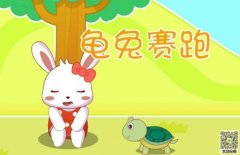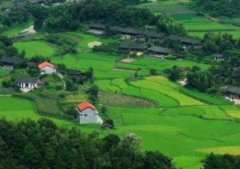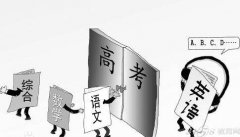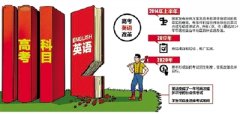高二上周考二英语科试题(15)
D. The personalities of famous Judys. D
The plan: turn Mars(火星)into a blue world with streams and green fields, and then fill it with creatures from the earth.
This idea may sound like something from a science fiction, but it is actually being taken seriously by many researchers.
This suggests the future for the “red planet” will be the main topic for discussion at an international conference hosted by NASA this Week. Leading researchers as well as science fiction writers will attend the event. It comes as NASA(美国宇航局) is preparing a multi-billion-dollar Mars research programme.
“Turning Mars into a little earth has long been a topic in science fiction,” said Dr. Michael Meyer, NASA’s senior scientist. “Now, with scientists exploring the reality, we can ask what are the real possibilities of changing Mars.”
Most scientists agree that Mars could be turned into a little earth, although much time and money would be needed to achieve this goal. But many experts are shocked by the idea.
“We are destroying our own world at an unbelievable speed and now we are talking about ruining another planet,” said Paul Murdin from the Institute of Astronomy, Cambridge, UK.
Over the past months, scientists have become increasingly confident they will find Martian life forms. Europe and America’s robot explorers have found the proof that water, mixed with soil, exists in large amounts on the planet.
In addition, two different groups of scientists announced on March 28 that they had found signs of methane(甲烷) in the Martian atmosphere, the gas is a waste product of living creatures and could be produced by microbes(微生物) living in the red planet’s soil.
But scientists such as Dr. Lisa Pratt, a biologist at Indiana University, say that these microbes willbe put in danger by the little earth project.
“Before we have even discovered if there is life on Mars, we are talking about carrying out projects that would destroy all these native life forms, all the strange microbes that we hope to find buried in the soil,” said Dr. Pratt.
- 上一篇:16.9 need "不必做"和"本不该做"
- 下一篇:高考英语动词填空强化练习




